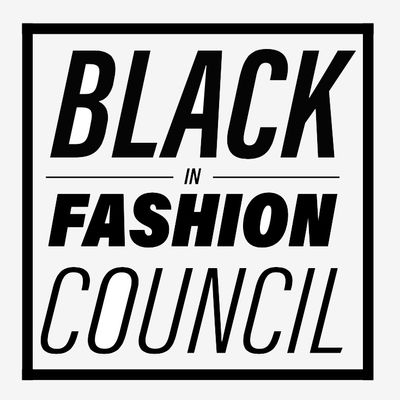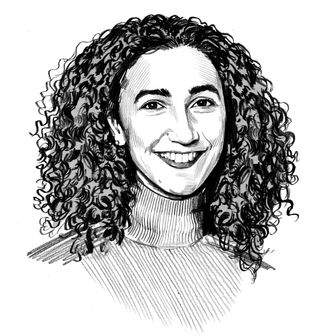
It’s been almost two years since Lindsay Peoples Wagner published her story on what it’s like to be Black and work in fashion in the Cut’s fall 2018 Fashion Issue in New York Magazine. Her interviews with over 100 Black fashion professionals underscored the industry’s need for systemic change, but this is yet to be seen in a meaningful way.
“People still email me about that article,” Peoples Wagner, who is now the editor-in-chief of Teen Vogue, told the Cut. “We’ve had these moments where the industry has taken stock, but they haven’t really fully committed to inclusivity in the way that they need to. We realized we need to do something different than we’ve ever done before.”
On Wednesday, Peoples Wagner and public-relations specialist Sandrine Charles announced that they had co-founded the Black in Fashion Council, an organization of over 400 Black professionals with the mission of representing, and securing the advancement of, Black people within the industry. “As a collective, we envision a world in which Black people in fashion and beauty spaces can be open and honest, guaranteed equal rights, and be celebrated for our voices,” read a statement.
Modeled in part after the Human Rights Campaign’s Corporate Equality Index, the Black in Fashion Council plans to hold companies and organizations across every sector of the industry accountable by creating what will essentially serve as a yearly public report card. Those who opt in will be asked to share data on employee representation. That data, along with other factors like campaigns and corporate culture, will contribute to their overall index score. In order to ensure a long-term commitment, participation is required for at least three years, but those who sign on will be given the next six months to work with the council’s board members from different facets of the industry, from GQ too Gucci, to make changes before submitting data for evaluation in January 2021. The council will also put together a digital directory that brands can purchase, containing a master list of contacts they can hire in the industry to diversify their portfolio.
“We are really coming at this through trying to allow people to rise to the occasion of changing,” said Peoples Wagner. “I use that wording very specifically because I think, too often, we have just called people out and then tried to shame them into it, and not given them the tools and resources or had necessary two-way conversations.”
The council is also in conversation with organizations like the Black Fashion & Beauty Collective and the CFDA. Last week, the Kelly Initiative penned an open letter to the trade organization calling for it to put in place similar accountability measures.
“We are aligned with a lot of different groups,” said Charles. “The beauty of the council that we have created is that we want to collaborate with everyone.”
“There’s a lot of synergy and a lot of things that we’re really excited to present later on,” added Peoples Wagner of the council’s relationship with the CFDA specifically.
The council is already in preliminary talks with potential participants, and a full list will be announced next month, when the initiative officially launches. In the meantime, putting something of this scale together has been no small task for everyone involved. “We have our full-time jobs until 6 p.m. and then we work on this until the end of the night,” said Charles.
“Obviously, it is a lot,” echoed Peoples Wagner. “But there needs to be productive, sustainable change in this industry, and we want to do it in a really organized way.”


